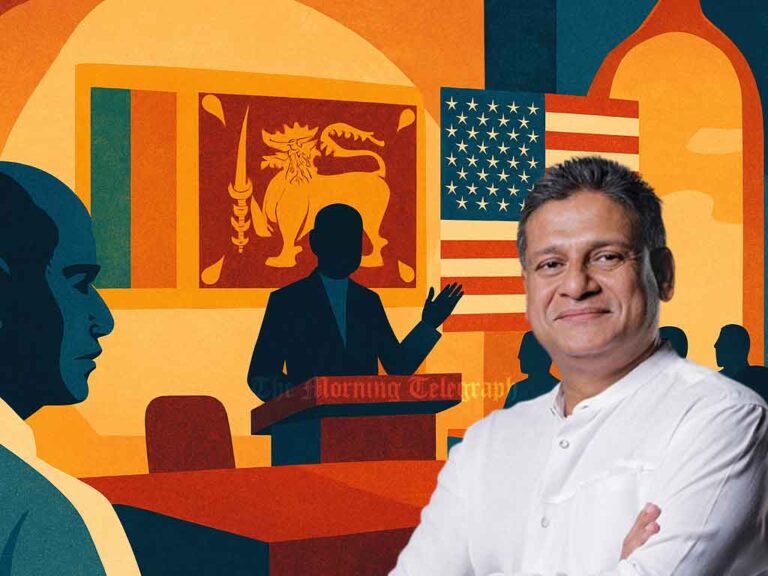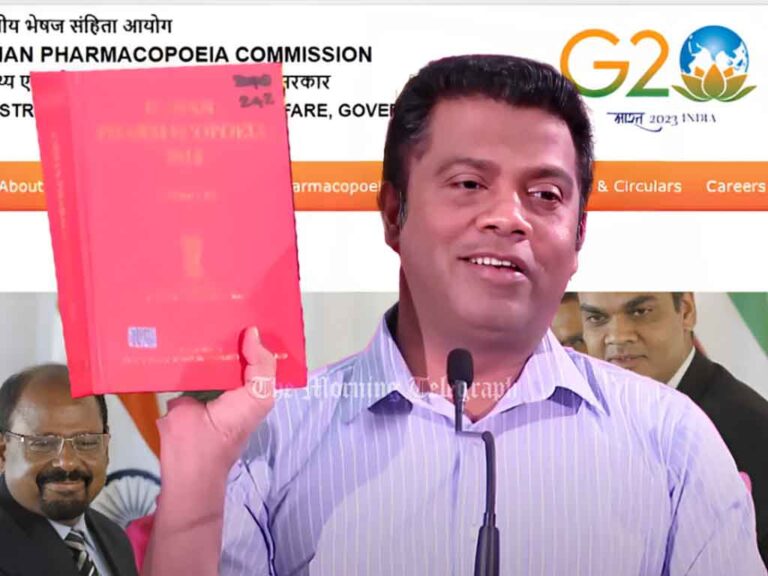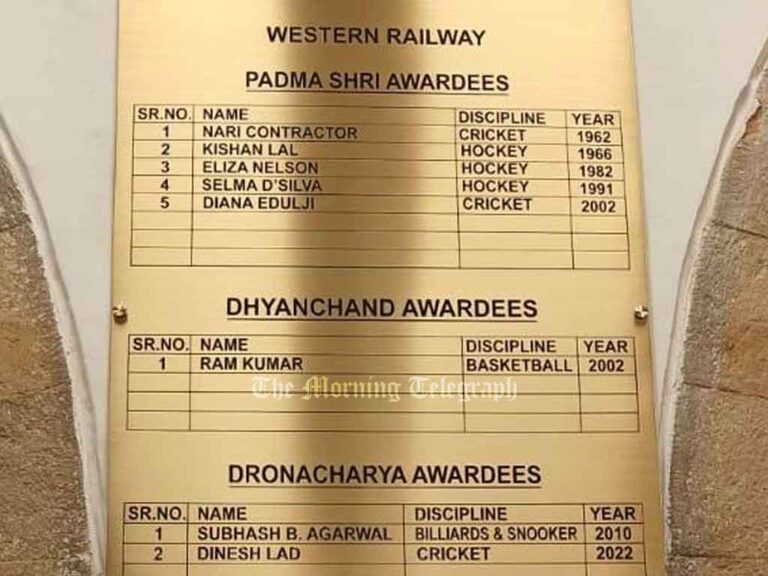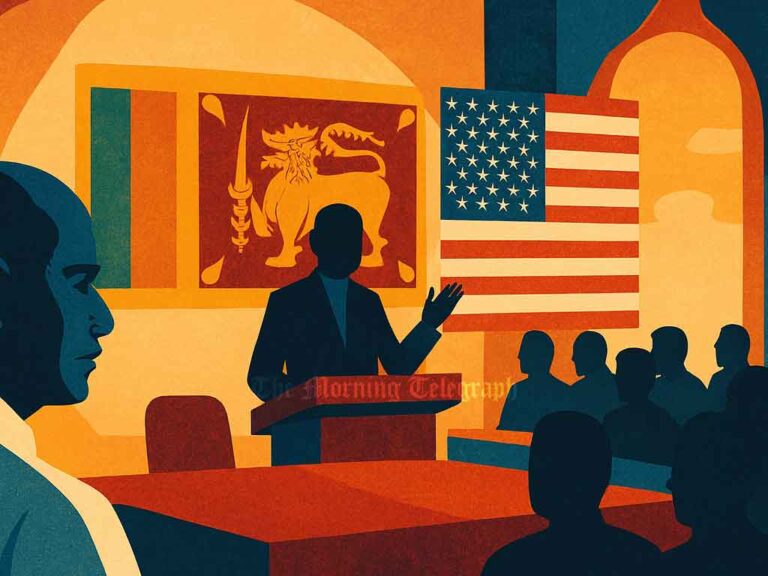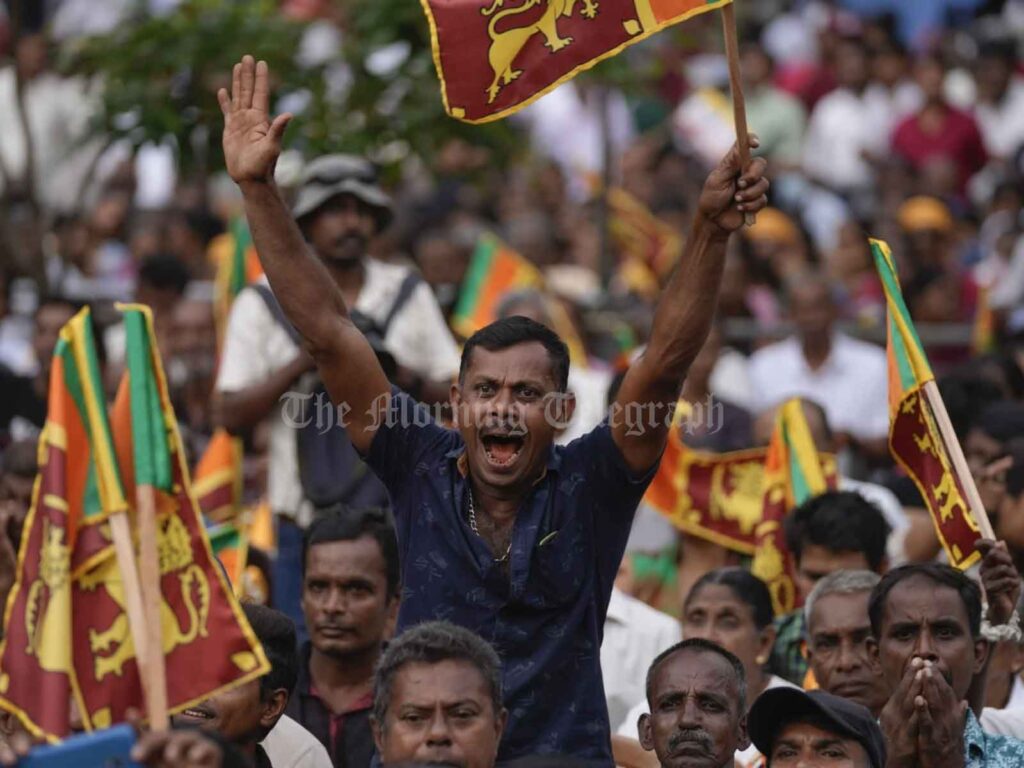
COLOMBO, Sri Lanka (September 6, 2024) — Sri Lanka is preparing for a crucial presidential election on September 21, a pivotal event that will determine the country’s future trajectory following its severe economic collapse in 2022. The crisis, which led to mass protests and the resignation of former President Gotabaya Rajapaksa, has left the nation in a state of fragile recovery under the leadership of President Ranil Wickremesinghe.
The upcoming election is being viewed as a referendum on Wickremesinghe’s two-year tenure. Despite implementing austerity measures and securing an International Monetary Fund (IMF) bailout, Wickremesinghe remains a controversial figure. His administration’s success in easing shortages of essential goods and stabilizing certain economic indicators is overshadowed by widespread dissatisfaction with his association with past administrations and the economic turmoil that preceded his presidency.
Wickremesinghe faces significant competition from several candidates. Anura Kumara Dissanayake, leader of the National People’s Power, is emerging as a formidable challenger. Dissanayake has captured the support of younger voters and those disillusioned by systemic corruption. His platform offers a mix of economic freedom and welfare measures, marking a shift from his previous leftist stance. Analysts view Dissanayake as a strong contender due to his detachment from the traditional political and business elites that have been criticized for mismanagement.
Another key rival is Sajith Premadasa, who leads the United People’s Power. As a former deputy to Wickremesinghe, Premadasa is advocating for a continuation of the IMF program with modifications to reduce its impact on the impoverished. His campaign includes promises of greater autonomy for the Tamil minority, which has garnered him support from Tamil political groups and communities.
Namal Rajapaksa, heir to the influential Rajapaksa family, is also in the race. His candidacy will test whether the Rajapaksa clan can regain its political dominance after being marginalized in recent years. Namal’s campaign focuses on alleviating the tax burden and attributing the economic crisis primarily to the COVID-19 pandemic, positioning himself as a champion for economic recovery.
On election day, voters will choose their preferred candidates in a ranked manner. If no candidate achieves a majority of first-choice votes, the top two will advance to a second round where votes for eliminated candidates will be redistributed based on second and third preferences. Sri Lanka’s executive presidential system grants significant power to the President, including control over the state, government, and armed forces, while the Prime Minister has some authority in recommending cabinet members.
The central issue of this election is the economy. Under Wickremesinghe, economic indicators such as inflation and foreign reserves have shown improvement. However, these gains have not fully translated into relief for ordinary citizens, who continue to grapple with high living costs and tax burdens. Wickremesinghe’s rivals argue for renegotiating the IMF agreement to better address public concerns.
Public sentiment remains a critical factor. Many voters are disillusioned with Wickremesinghe’s administration, which is perceived to have shielded the Rajapaksa family from accountability for past economic mismanagement. This dissatisfaction is shaping the election landscape as voters consider the candidates’ promises and their track records.
With no clear frontrunner, the final weeks of campaigning will be crucial in determining the outcome of this historic election.

